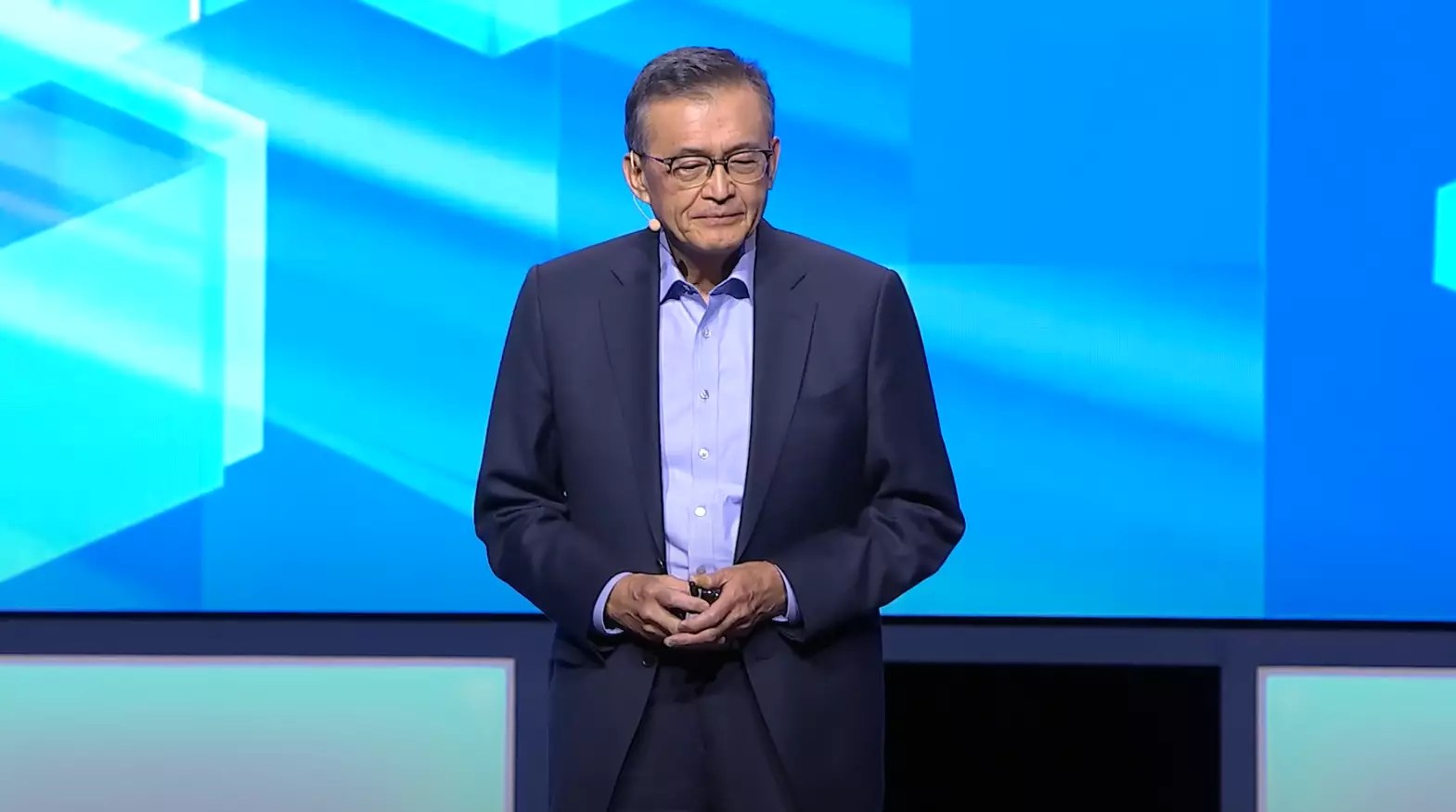The landscape of technology is always evolving, and companies must adapt or risk being left behind. Recently, Intel’s new CEO, Lip-Bu Tan, shared his vision during his inaugural earnings call, which serves as a critical juncture for the tech giant. Tan’s approach is marked by a decisive call for restructuring and collaboration that may be just what Intel needs to navigate an increasingly competitive environment, particularly in the realm of artificial intelligence (AI). His insight into the necessity of reshaping the organizational framework suggests both urgency and ambition, two characteristics that will determine the company’s future in a sector increasingly dominated by innovative, agile rivals.
A significant part of Tan’s strategy revolves around flattening the management hierarchy and insisting on a more rigorous office attendance policy. By mandating a four-day workweek in the office, Tan appears to be advocating for a culture of collaboration and immediacy—a necessary shift for a company looking to enhance its innovation capabilities. Tan enthusiastically noted that working closely as a team will facilitate faster decision-making processes, which is essential for responding to the rapid advancements in AI technology.
The AI Gold Rush: Who Is the Real Leader?
Tan’s aspirations for partnerships in AI hardware reveal an insightful yet ambiguous roadmap. While he suggested collaborating with an undisclosed “industry leader,” it is widely recognized that Nvidia currently reigns supreme in AI hardware, particularly with their cutting-edge Blackwell architecture. This raises an intriguing possibility: is Tan potentially eyeing a partnership that would see Intel’s x86 chips integrated into Nvidia’s processing systems? Such a move may serve as a strategic alternative to the Arm-based CPUs that currently dominate Nvidia’s DGX machines.
Conversely, Tan may refer to a different type of industry leader, one that encompasses AI model development rather than hardware. OpenAI, which has set benchmarks with its language models, could also be in Tan’s sights. If the focus is indeed on developing specialized chips tailored for AI applications in collaboration with OpenAI, it could herald a transformative era for Intel. Regardless of the path chosen, Tan acknowledged the necessity of time to realize these ambitions, a frank admission that emphasizes the challenges awaiting the company.
Collaboration: A Key to Resurgence
Amid these high-level plans, Tan’s discussions with TSMC’s founders indicate a forward-thinking approach to maintaining competitive manufacturing capabilities. Speculations abound regarding a potential joint venture where TSMC could take control of Intel’s fabrication facilities. This potential alliance could be crucial, particularly given TSMC’s status as a world leader in semiconductor manufacturing. Collaborating with TSMC might also allow Intel to refocus its resources on research and development rather than the often cumbersome aspects of chip production.
The potential implications of such collaboration cannot be understated. By teaming up with TSMC, Intel stands to streamline its operations, enhancing both efficiency and product quality. These strategic adjustments could allow Intel to pivot its attention to AI innovations, thereby establishing itself as a serious contender in the rapidly burgeoning AI space.
Addressing Internal Challenges
Internally, Tan recognizes the significant hurdles Intel faces. His implication of a potential workforce reduction underscores the magnitude of the operational inefficiencies that have long plagued the company. By tackling organizational complexity head-on, Tan aims to cut through bureaucratic red tape and reinvigorate innovation. Statements about reducing decision-making layers suggest a determination to create a nimble structure capable of quick responses to market needs.
As part of this internal transformation, Tan’s return-to-office mandate also reflects an earnest belief in the power of face-to-face collaboration. Time will tell if this approach will motivate staff to rally around a common vision. However, it raises questions about work culture in a post-pandemic world; whether employees will reciprocate this enthusiasm or perceive it as a regression is a pivotal factor in execution.
Fostering Innovation: The Road Ahead
While Tan did not unveil groundbreaking products or shocking partnerships during the call, the reaffirmation of Intel’s commitment to its upcoming Panther Lake CPU signifies stability and readiness for the immediate future. The clarity surrounding AI’s pivotal role in Intel’s strategy, however, remains vague, with no robust plans laid out beyond vague aspirations of bloating the AI-enabled PC market.
Overall, the stakes are undeniably high for Intel as it navigates these multifaceted challenges. Despite having much to recover from, Lip-Bu Tan’s decisive shift toward collaboration, internal restructuring, and AI advancements suggests a potential path toward renewed growth. In a domain where innovation is paramount, addressing these changes may just be the catalyst Intel needs to reclaim its prominent position. The tech giant’s journey ahead remains to be seen, but its focus on collaboration illustrates a commitment to not just survive but thrive in the cut-throat tech arena.


Leave a Reply